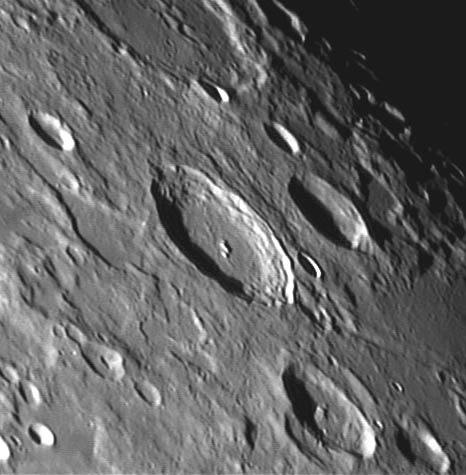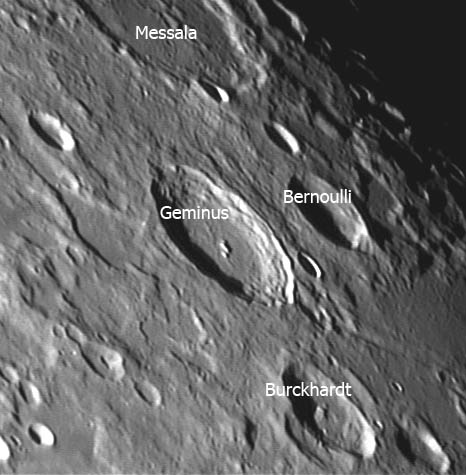Difference between revisions of "March 6, 2005"
| Line 28: | Line 28: | ||
Rukl Plate 16 | Rukl Plate 16 | ||
</p> | </p> | ||
| − | <p | + | <p><b>Yesterday's LPOD:</b> [[March 5, 2005|Before and After: Antares and the Moon]] </p> |
| + | <p><b>Tomorrow's LPOD:</b> [[March 7, 2005|One Good Occultation Deserves Another]] </p> | ||
</tr> | </tr> | ||
</table> | </table> | ||
| Line 55: | Line 56: | ||
===COMMENTS?=== | ===COMMENTS?=== | ||
Register, and click on the <b>Discussion</b> tab at the top of the page. | Register, and click on the <b>Discussion</b> tab at the top of the page. | ||
| + | <hr> | ||
| + | <!-- | ||
| + | You can support LPOD when you buy any book from Amazon thru [[Support_ LPOD|LPOD]]! | ||
| + | --> | ||
| + | <span style="font-size:88%"> | ||
| + | <center> | ||
| + | Contributions to http://www2.lpod.org/ are licensed under a Creative Commons Attribution No-Derivative-Works Non-Commercial 3.0 License. [http://www.creativecommons.org/licenses/by-nc-nd/3.0 http://www.wikispaces.com/i/creativecommons/by-nc-nd_3.0_80x15.png]<br> | ||
| + | </center> | ||
| + | </span> | ||
Revision as of 14:19, 1 February 2015
A Single Twin
Image Credit: Vincent Bert |
|
A Single Twin Did you know that the diameter of Geminus is one kilometer larger than Tycho? 86 vs 85 km. Tycho is one of the best studied lunar craters because it is relatively large, but more importantly it is young (about 100 m.y.) and has the largest ray system on the Moon. Geminus is also young, but no radiometric date is available and its lack of a ray system means that it is Erastothenian in stratigraphic age – probably more than 2 b.y. old. Geminus is neglected, but Vince’s excellent image with his trusty orange C8 reveals Geminus to be a respectable complex crater with a sharp rim crest, originally terraced walls that are now muted, and a few low central peaks. Nearby are some other noteworthy sights. Immediately below Geminus is Burckhardt (see mouseover) with its ears of overlapped craters. And notice that south and east of Geminus there is slight scarp with the terrain to the south being slightly lower and smoother. The scarp is the 1075 km diameter Geminus rim of the Crisium impact basin, and the smooth terrain probably is old basalt that has lost its dark hue. Finally, look at the interesting floor of Messala – just to the left of the "M" on the mouseover image is a slight mound. A second, steeper mound appears NE of Bernoulli and SE of Messala – I haven’t looked at this feature on other images to see what it is. I am impressed with the features of interest that show up on this image from one of the early modern amateur telescopes! Technical Details: Related Links: Yesterday's LPOD: Before and After: Antares and the Moon Tomorrow's LPOD: One Good Occultation Deserves Another |
|
Author & Editor: Technical Consultant: Contact Translator: A service of: |
COMMENTS?
Register, and click on the Discussion tab at the top of the page.
Contributions to http://www2.lpod.org/ are licensed under a Creative Commons Attribution No-Derivative-Works Non-Commercial 3.0 License. 





